History of Animation
Animation can be generally defined as the act of creating an illusion of movement through the use of still images played in a sequence. In this lesson you will learn about the history of animation, exploring the evolution of early animation devices into modern animation techniques.
Before Film
Images in motion were depicted as early as humans started recording their experiences through painting in paleolithic times. Drawings, carvings, and sculptures portraying human and animal activity in motion can be found in the walls of caves, utensils such as pottery, and even built structures. In the beginning of the 19th century a series of devices started to emerge, setting the stage for modern animation techniques. Some of these early animation devices are:
1820s: Thaumatrope
The thaumatrope was invented in the 1820s and consists of a disk with an image on each side connected to two pieces of string. Turning the strings between the fingers caused the image to spin, creating the illusion that both images are one.

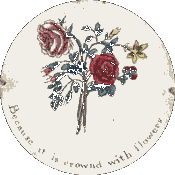
Thaumatrope in motion
1831: Phenakistoscope
The phenakistoscope, invented in 1831, was a disk containing several still images depicting a sequence in motion. The disk was attached to a handle and contained equally spaced slits through which the user could see the spinning images. The phenakistoscope is often compared to modern gif images, because it shows a sequence of images playing on a loop.

Phenakistoscope by Eadweard Muybridge

1834: Zoetrope
Similar to the phenakistoscope, the zoetrope also presents a sequence of spinning images that create the illusion of motion. Rather than placed on a flat disk, however, in the zoetrope the images are distributed on the wall of a cylinder with equally spaced slits through which the animation can be viewed. Different from the phenakistoscope that can be experienced only by one person at a time, the zoetrope allows for several users to enjoy the experience.

Zoetrope W.E. Lincoln, 1867
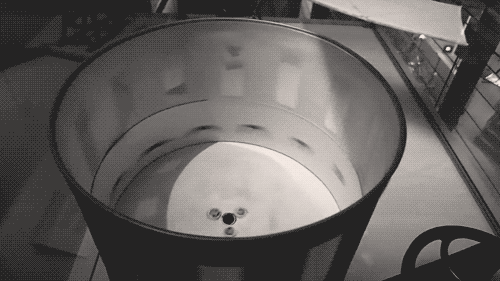
1868: Flip book
In 1868 the first flipbook, the kinograph, was developed by John Barnes Linnett. It consisted of a small book with a sequence of images in motion individually drawn on each page. When flipping through the pages, the images appear to be moving.
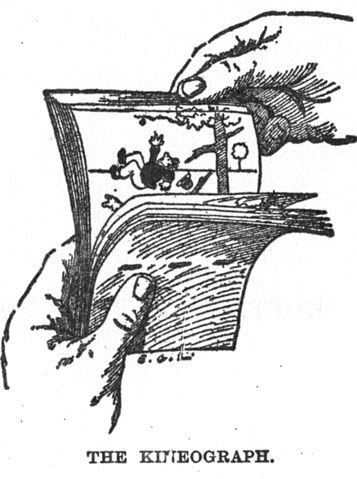
Linnet kineograph 1886

1877: Praxinoscope
A more elaborate version of the Zoetrope, the praxinoscope was invented in 1877 by Charles-Émile Reynaud and consisted of a carousel of sequential still images with a mirror placed in the center. The mirror substituted the slits on the zoetrope and reflected the images of the spinning carousel creating the illusion of motion. In 1889 Reynaud presented an improved version of the praxinoscope, the Théâtre Optique, capable of projecting images to a screen.
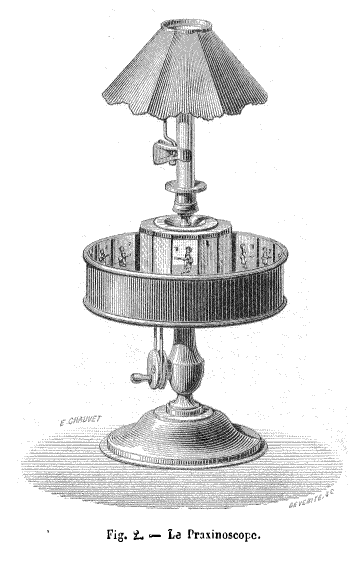
Praxinoscope

First public performance of Reynaud's 'Theatre Optique' in Paris 1892
After Film - Traditional Animation
In the beginning of the 1900s the first animated films started to emerge. Through the development of what would be later known as traditional animation, animators created individually hand-drawn frames to create scenes in motion. In early animated films (such as ‘Gertie the Dinosaur’, presented in more detail below) complete scenes (background and characters in motion) were drawn on each individual frame. Frames were then photographed and played in sequence to create the illusion of motion. This technique resulted in a ‘jittery’ effect, since there were small variations in the elements on the background from one frame to the next. Later on, with the advent of animation cels (invented in 1914 by Earl Hurd), elements from the background could be drawn separately from characters, which were drawn in transparent sheets and later superimposed to the background. As a result, the animation process was optimized (less elements had to be drawn on each frame) and animations became more stable (elements in the background were exactly the same from frame to frame). Here are some of the most important animation films using traditional animation techniques:
1908 - Fantasmagorie
Created by Émile Cohl, Fantasmagorie was the first animated film developed using traditional animation techniques. The film consisted of a white stick-figure encountering and interacting with various figures that would morph into one another and into the background. Émile hand-drew each frame and shot all frames using negative film, giving the film its white figures/black background appearence.
Frame from Fantasmagorie
1914 - Gertie the Dinosaur
Created by the American cartoonist Winsor McCay, Gertie the Dinosaur was the first animated film that combined live action with hand-drawn animation. The film starts at the National History Museum, where McCay bets a colleague he can bring the dinosaurs back to life through drawings. He then proceeds to create 10,000 drawings, one slightly different from the other. In a scene, a boy comes to collect some of the drawings and ends up falling due to the immense quantity of them, showing the sheer size of the endeavour that was the animation process. Around 10 minutes into the film, Gertie would appear and follow McCay’s commands (for example, to bow, raise its foot, and so on). Gertie the Dinosaur was the first animated film to use "McCay Split System", today known as keyframes, in which key positions were drawn first and the spaces between key positions were later filled by intermediate positions.

Frame from Gertie the Dinosaur
1919 - Felix the Cat
Felix the Cat, created in 1919 by Otto Messmer from Pat Sullivan Studios, was a silent cartoon that impressed and attracted audiences by the qualities of its character and its extraordinary situations. So much that Felix the Cat was the first animated film to be merchandised (into ceramics, postcards, stuffed toys, and so on). The cartoon Felix the Cat was updated in 1953 and began airing in the United States. The new cartoon featured new characters, and Felix with a slightly changed appearance and a "Magic Bag of Tricks".

On the left, Felix in Felix in Hollywood (1923), on the right, Felix current design
1928 - Steamboat Willie
Walt Disney’s Steamboat Willie is perhaps the most well known animated film from its time. It was the first animated film to feature synchronized sound and a fully post-produced soundtrack. In the story, a mouse (Mickey Mouse) alternates working with making music. This was the third animated film to feature Mickey Mouse, but the first to be distributed. Steamboat Willie was acclaimed by its technical advancements and it was the first breakthrough for Walt Disney and his company, which is a reference in animation to this date.

Frame from Steamboat Willie
1937 - Snow White and the Seven Dwarfs
Snow White and the Seven Dwarfs, produced by Walt Disney Productions in 1937, was the first cel animated feature film (over 40 minutes long), completely hand-drawn. Based on a fairy tale by the Brothers Grimm, Snow White tells the story of a princess who escapes the tyranny of her evil queen and finds refuge in the home of seven dwarfs. Snow White and the Seven Dwarfs achieved immense success and became a cultural landmark that persists to this date.

Frame from Snow White and the Seven Dwarfs
1960s - 1980s - Popularization and Saturday Morning Cartoons
In the 1960s, following the increasing popularity of home color televisions (introduced in the United States in 1951), many studios started to adapt and to create cartoons for TV. Animated series such as Tom Terrific (1957), The Huckleberry Hound Show (1958), and The Flintstones (1960) were released and rapidly gained popularity. By the end of this period, cartoons had become commonplace in American TV.

Title screen from The Flintstones
1980s - Present - Contemporary Digital Animation
With the evolution of computers and computer generated graphics (CGI), the animation industry gained new tools to create animated films. Cartoons gradually stopped being drawn by hand and morphed into 2D computer graphics, and later into 3D animations. An example of this is the TV animated series The Simpsons. Created by Matt Groening in 1987, the series was originally hand-drawn and today is completed generated with the use of CGI. The series even uses 3D environments for some of its scenes. Other contemporary animated films use 3D environments and characters exclusively. This is the case of Toy Story, the first fully computer-animated feature film, produced by Pixar in 1995.

The Simpsons
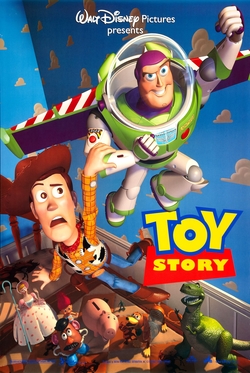
Toy Story
It is important to highlight, however, that the development of CGI doesn’t mean a complete break from the way animation was done at the beginning of the 20th century. Many of the techniques and the principles used in traditional animation remain the same to this day.